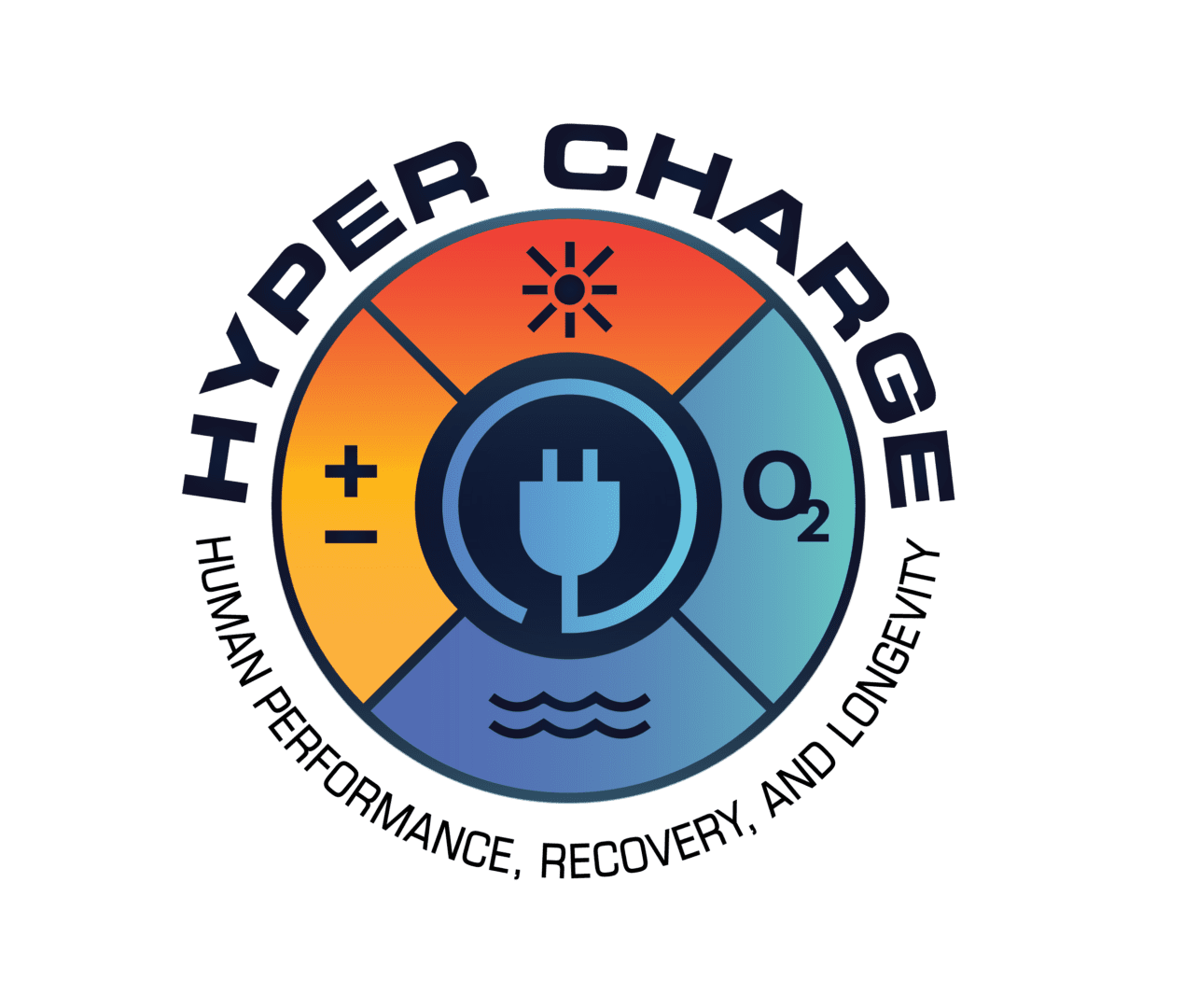If you are one of the millions of Americans who have a growing bald spot or receding hairline, there’s a good chance that you have looked into options to help combat hair loss. One treatment technique that has gained popularity in recent years is transcranial red light therapy. Also known as transcranial photobiomodulation or a red light therapy helmet, the technique works by energizing the cells in your head to help them continue to grow hair.
Red light therapy and photobiomodulation can treat a variety of conditions besides hair loss because they focus on restoring function at the cellular level. But how exactly does it work, and how can you add transcranial red light therapy to your hair regrowth program? We answer those questions today in our blog on transcranial photobiomodulation.
Red Light Helmet For Hair Loss
Back in the late 1990s and early 2000s, most patients looking to address hair loss and balding were given prescription medications. The Food and Drug Administration approved the topical minoxidil for both men and women in 1998, and a few years later approved a pill for men called finasteride. In 2007, the FDA approved a new technique for managing hair loss – low level light therapy. These were the earliest forms of the transcranial light helmets that we use today, but the core technology remains the same.
Low level light therapy is believed to work by directing light at specific wavelengths into the skin and scalp. These light photons penetrate the hair follicle and get absorbed by the cells, which is then effectively converted into cellular energy. A more energized cell can better perform a number of different functions, including helping with the hair growth process.
Light therapy also helps to improve blood circulation to a specific area, which is why photobiomodulation is a popular treatment technique for treating conditions like arthritis and muscle strains. When blood can more easily circulate through your scalp, it’s easier for hair follicles to get the nutrients they need to prolong the growth stage. Transcranial red light therapy is a lot like taking care of a garden. Just like the right conditions and nutrients are needed in order for your garden to take off, so too are the right conditions and nutrients necessary for ideal hair follicle growth.
However, it’s not as simple as exposing your head to red light for a few minutes to regrow hair that has been gone for years. Most experts agree that transcranial red light therapy works best when you’re still showing signs of hair follicle growth. If your scalp is completely bald in certain spots, it’s unlikely that transcranial red light therapy will be effective in these areas. Similar to the garden analogy, ideal soil and weather conditions won’t matter if there is no seed to help grow.
If you do have some hair growth still coming through, experts typically recommend pairing transcranial red light therapy with other treatments or healthy measures to give yourself the best chance at hair restoration. Topical medications or pills can be helpful while pursuing transcranial red light therapy, as are other healthy measures like regular exercise, quality sleep and an improved diet. Finally, it’s also recommended that you pursue hair loss treatment during the early stages of hair loss, as the longer you wait, the harder it will be to restore follicle health.
If you’re interested in learning more about our transcranial red light therapy program, please reach out to the team at HyperCharge Clinic. As you can see on our membership page, we offer red light therapy sessions starting at $60, so there’s no large financial commitment to see if light therapy is right for you. Let us help restore your hairline and your confidence with the help of transcranial red light therapy. For more information, or to book your first session, give our team a call today at (952) 600-5429.
